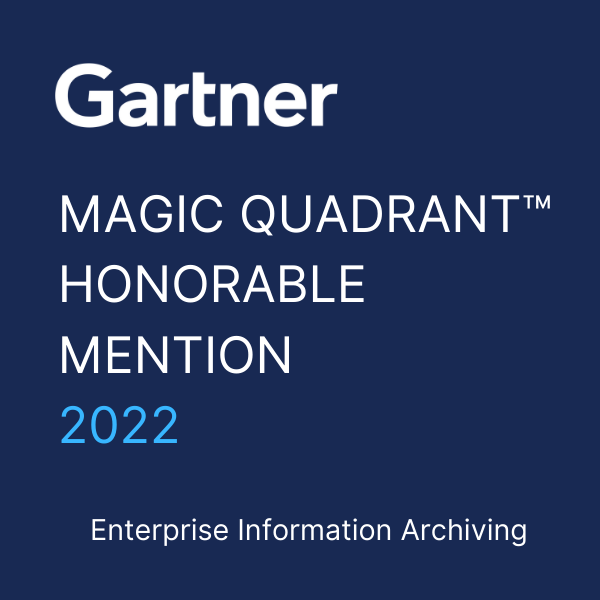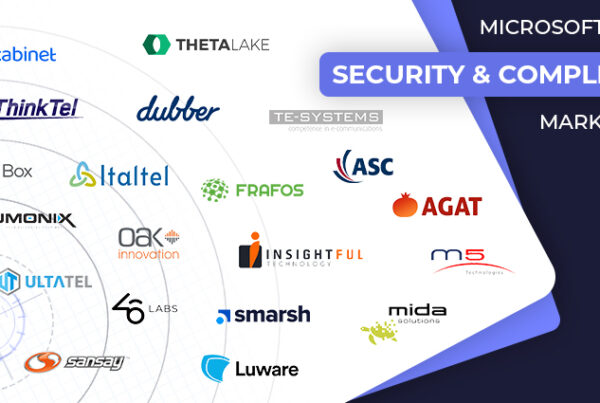
AI has long been touted as the future for many industries, and the recent explosion of GenAI platform ChatGPT may have revealed that that future is now here.
A key area ripe for disruption and innovation is that of regulation and compliance. As a market, it has long been seen to involve cumbersome and slow processes that impact both efficiency and the bottom line. A key question many in the RegTech industry have been asking is: will AI take over regulation and compliance in the future?
“In terms of whether we can expect AI to take over regulation and compliance, the answer is no,” said Susannah Hammond, senior regulatory intelligence expert at Theta Lake. That said, while she believes it is unlikely to be a takeover, she said it is likely AI-enabled solutions will increasingly be used as a tool to enhance the next strategic iteration of regulation and compliance.
She exclaimed, “Given the ever-evolving nature of risk management in financial services there will always be a need for not only a human-in-the-loop but also a human directing the AI as to where to look, on what basis and with what assumptions,”
There is a belief on Hammond’s part that the next iteration of regulation will be driven – at least in part – by SupTech as financial services regulators globally invest in tech and revamp their data strategies.
She said, “SupTech solutions will likely result in efficiency gains for firms as well as their regulators. However, that benefit can only begin to materialize if firms have the capability for complete, accurate and native context records retention, preservation and retrieval.”
One of the key industry developments in recent years has been the explosion of data and the increasing need for its use. Hammond stressed that for regulators and compliance functions alike, the sheer magnitude of the data currently being generated outstrips the capacity of individuals to review manually.
“This has particularly been seen with the now near ubiquitous use of dynamic unified collaboration tools such as RingCentral, Zoom, Cisco Webex, Slack, and Microsoft Teams. UC tools are an essential part of the modern business environment and due to the scale and complexity of actively and comprehensively detecting unique and growing risks within communications, organizations are turning to technology including AI to help,” she said.
Hammond went on to say that it is a well-trained AI’s ability to understand specific risks in context that reduces both the number of false positives or alerts, as well as risks that would be otherwise missed due to unclear audio or transcripts.
“The selection of the high quality expert sources and domain expertise needed for a well-trained AI model requires the human touch. Organizations simply cannot rely on generative AI such as ChapGPT for the judgment call and experience needed to train a financial services or other specialist AI model,” Hammond stated.
She concluded, “AI is unlikely to takeover but with a well-trained solution, the use of AI will enable firms and regulators to find risks and potential risks at speed as well as benefiting from significant efficiencies and cost savings.”
Similar to the thoughts of Hammond was the opinion of Vall Herard, CEO of RegTech firm Saifr. He commented, “In my opinion, AI is a long way from being able to replace humans in regulatory compliance roles. There are important characteristics requiring human judgement that even the current state-of-the-art AI tools cannot automate.”
He stated that the ability to interpret regulatory rules, make judgements around social perceptiveness and negotiate effective are a few examples of where AI currently falls short.
He continued, “More concretely, the tone of communication, a social perception cue that is subject to human interpretation/reasoning, can lead to violations of regulatory rules around public communications in most jurisdictions globally. Such characteristics are not found in the family of auto-regressive (AR) systems that dominate the AI landscape today. Such systems even include the most advanced large language models (LLM) that drive a lot of the discussions in the press.
“Clearly there are routine tasks within regulatory compliance that AI can help automate. However, until AI gets much closer to artificial general intelligence (AGI), which is a possibility, there is a crucial balance between human and AI that must be maintained to have an effective regulatory framework in regulated industries.”
Read the full article here!











